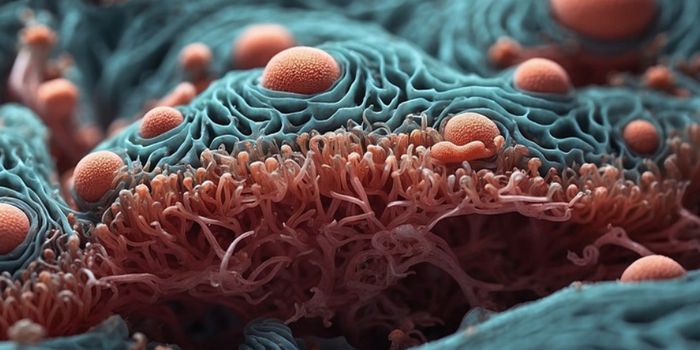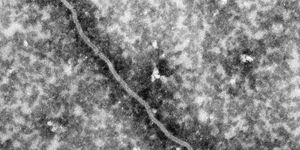About 30% of melanoma cases arise from an existing nevus. More commonly known as moles, Nevi are skin growths that develop when pigmented cells accumulate in a cluster. While melanoma is characterized by highly mutated, malignant cells, moles are benign. However, because moles can develop into skin cancer, dermatologists recommend regular monitoring for changes or irregularities.
A recent study published in Science Advances uncovered a powerful subset of white blood cells with potent cancer-fighting potential. Notably, common moles naturally contain these critical immune cells. This research identified a novel strategy that activates these cells resulting in a robust anti-tumor immune reaction.
The researchers used a specialized mouse model system to test the immune mediators naturally residing inside a mole. Moles removed from patients were transplanted onto immunodeficient mice. These mice possess immune cells which lack the functionality required for an immune response. Therefore, immune mediators transferred within the mole are likely responsible for any immune reactions detected in this system.
Over 80% of the moles experienced spontaneous regressions while the remaining moles remained stable, exhibiting no change in size or shape. When compared to stable moles, the regressed moles contained significantly higher numbers of CD4+ T cells. The expansion of these cells coincided with mole regression, indicating that activation of this subset of immune cells is driving the immune response against the pigmented cells in the mole.
The study also investigated the role of regulatory T cells (Tregs) in the spontaneous regression of the transferred moles. Tregs are immune cells that regulate the immune response by suppressing immune mechanisms to prevent autoimmune diseases and chronic inflammation. However, in the context of cancer, Tregs can also limit anti-tumor immune responses.
Tregs are dependent on a cytokine called IL-2 which is not present in the murine system used in this study. When mice were administered IL-2 following transplantation of a patient mole, most moles remained stable. However, as soon as IL-2 treatment ceased, most of the moles began to regress. These findings suggest that Tregs located within the mole may be to blame for the stability of benign moles present in many adults.
Importantly, this study also demonstrated that mice who reject the transplantation of a mole receive protection from future melanoma growth. This finding suggests that the immune response mounted against a mole could also provide anti-tumor immunity towards melanoma.
The authors advocate that activating CD4+ T cells, which are already present in moles, may present a novel therapeutic strategy for melanoma treatment or prevention.
Sources: 30%, nevus, Science Advances
-
APR 30, 2024Immuno-Oncology Virtual Event Series 2024
-
MAY 07, 20243rd International Biosecurity Virtual Symposium
-
SEP 03, 2024Microbiology Week Virtual Event Series 2024
- See More


















































